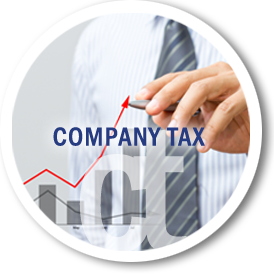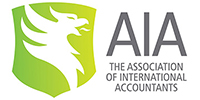A pilot scheme using software in preparation for the next phase of HM Revenue & Customs’ (HMRC) Making Tax Digital (MTD) initiative has seen a slump in users.
Self-employed businesses and landlords with annual business or property income above £10,000 will need to follow the rules for MTD for Income Tax and Self-Assessment (ITSA) from 6 April 2024.
Some businesses and agents are already keeping digital records and providing updates to HMRC as part of the live pilot project to evaluate and develop the MTD service for ITSA.
However, research reported in the Financial Times has discovered that only nine people are currently taking part in the trial, a figure confirmed by HMRC.
The number peaked at around 900 users in the 2018-2019 period and may have since been affected by the pandemic.
Many accountants are now concerned that the system, which covers 4.3 million self-employed businesses, partnerships, and landlords, many of whom will be unaware of what is happening, may not be ready for the switchover.
Currently the self-employed must file just one end-of-year tax return but MTD ITSA will involve having to submit updates quarterly every three months and an end-of-year statement, plus a “finalisation return” (now called a tax return) each year. This means six reports to HMRC in total replacing the current single annual Self-Assessment tax return.
On top of this, the self-employed and landlords will have to license accounting software from approved providers, with the Government offering discounts of up to £5,000 for small businesses to rent software.
Link: Just nine people trialling digital tax for self-employed






